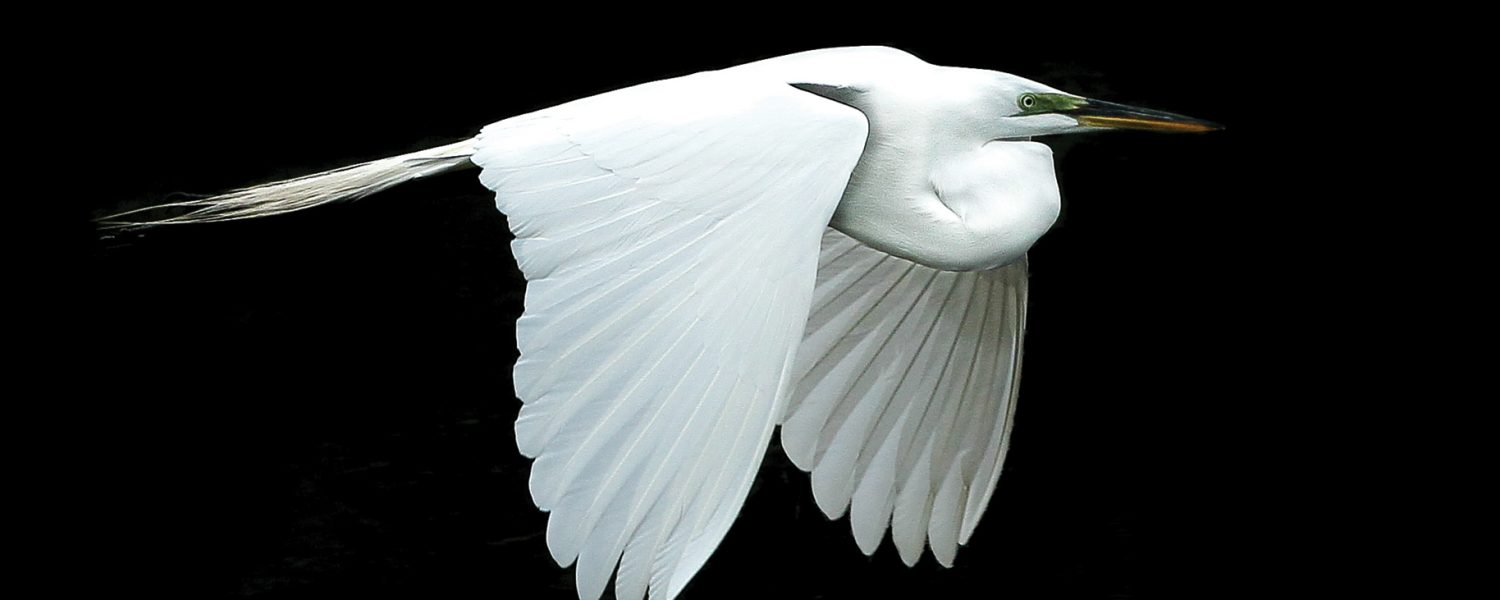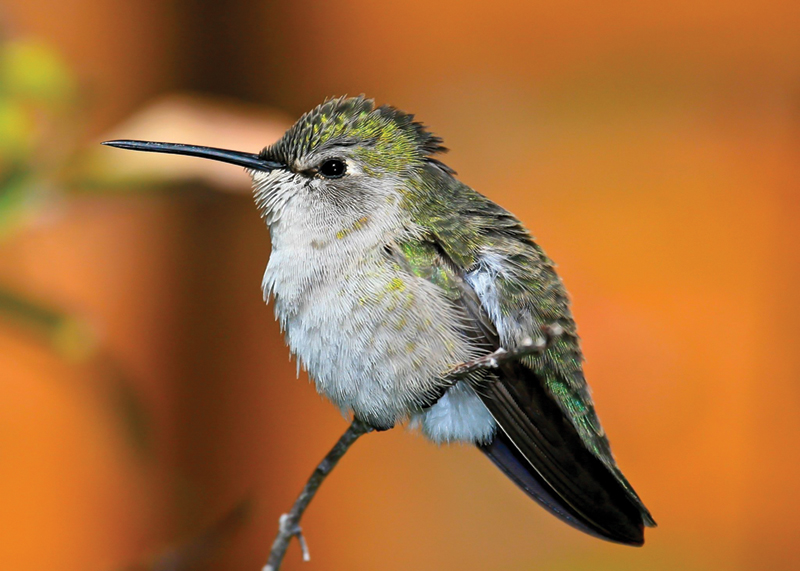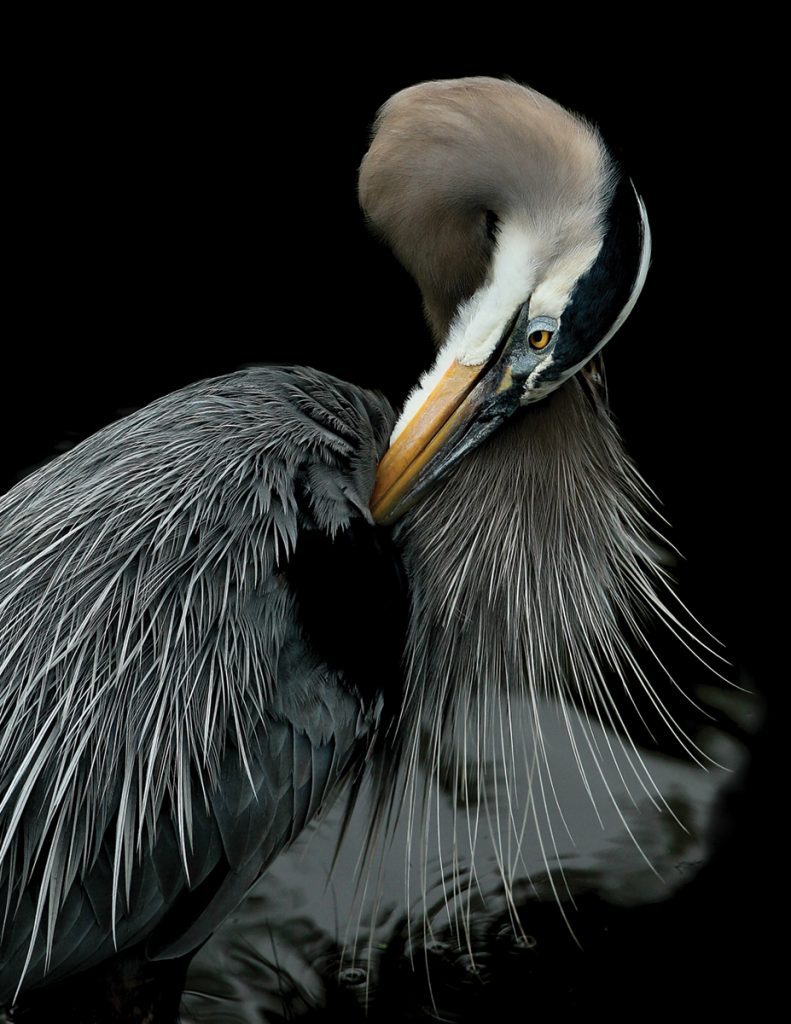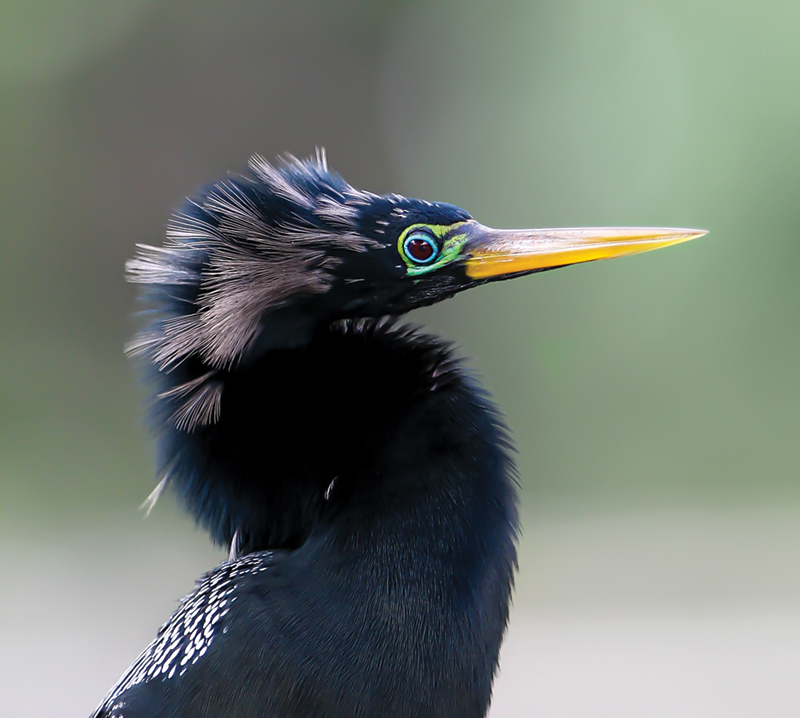Local Photographer Finds Peace in Nature
Story by Matthew St. Amand
Photography by Glenn Gervais
Bob Dylan was probably right when he sang: “The answer, my friend, is blowing in the wind…” When the screw turns, when the world encroaches, stress levels rise, and we start to lose the thread of it all, there is something about going back to nature that hits the Reset button in the human heart.
It is that way for Essex County photographer, Glenn Gervais.
Viewing his work—images of wildlife captured around the world over the course of three decades—the truth of “A picture is worth a thousand words,” has new meaning. In photography, whether shooting wildlife, sports, portraiture, landscapes, there is a moment where every element of the composition comes together like a chorus of voices. Most of us miss that moment. Glenn captures the chorus.

It would be natural to wonder how long Glenn has worked for National Geographic or Getty Images, but he is quick to set the record straight: “I’m a retired police
detective. I do this as a hobby.”
Well, the image of moose in Algonquin Park that Glenn captured, which was featured in a local news story, says otherwise. This is a calling. The image shows a moose in the morning mist at “golden hour”—that fleeting hour that graces twice a day: just after sunrise and just before sunset. Flooded with gauzy, ethereal light filtered through fog, the scene is so iconically Canadian it could be the cover of a greatest hits album for The Tragically Hip.
During his 32-year career with the Windsor Police Service, Glenn took up birding for stress relief. As a police detective, he served in several units, among them the Special Victims Unit, which saw him investigating sexual assaults and child pornography. This meant wading through thousands of horrific images and dealing with predators. It was enough to wear down the soul of even the greatest believers in the milk of human kindness.
“That stuff stays with you forever,” Glenn said in a recent interview with CTV News.
He found the antidote to these horrors in nature. “It’s my church when I go into the woods,” he continued in the TV interview.
Glenn not only found a healing balm in nature, but he also found within himself the skill to share it with others. His passion for photography evolved over time.
“I’d always been a birder,” he explains, “and it naturally led to taking pictures of the birds and wildlife. I’ve been involved in photography since the days of film in the mid-nineties. Then went into digital.”
After all these years of wildlife photography, Glenn graduated to professional arrangements, taking pictures for the NHL, PGA, Michigan football, to name a few.
He points out that he did not achieve his level of craftsmanship on his own.
“People are always willing to share their knowledge,” Glenn says. “They see that passion in you and help you along. I was lucky enough to find some good mentors.”
Approximately five years ago, Glenn began sharing his knowledge and experience with others, teaching a wildlife photography course through the Essex Regional Conservation Authority at its Hawk Festival and the Hillman Marsh Shorebird Festival. Private groups have engaged him for guidance in Algonquin Park and Merritt Island, Florida. Even in conversation, he shares valuable insights:
“Photography isn’t always about the best equipment,” Glenn says. “I’ve seen people with great equipment take terrible photos, and people with the cheapest equipment take some phenomenal photos.”
He speaks of the “Rule of Thirds”, a compositional concept where the photographer splits a scene into nine equal squares. The segments, and the lines they create, aid in creating interesting pictures.
“You don’t want to put your subject right in the center of the viewfinder,” Glenn
explains. “One third has to jump out at the viewer. You don’t always want the animal in the center. You want the audience’s eye drawn to the subject.”
Moreover, Glenn says it’s important that photographers understand their camera and its settings.
“It’s difficult to take a poor photograph and make it good,” he says. “You want to have confidence that your exposure is set correctly, you’re at the right shutter speed, have the right white balance… It sounds complicated, but it’s really not.”
Glenn will often have students take 10 photographs at 10 different settings. They are often startled by the differences in results.
“If you take a good image into post processing,” Glenn says, “you have the ability to make it an award-winning picture.”
He continues: “I love seeing kids with cameras. They often have a different perspective than adults. I saw one boy taking a picture of lady bugs. While everyone was doing macro, this boy was busy finding lady bugs and lining them up. After he snapped his picture, I asked what he was doing. The boy said, ‘The lady bugs are racing.’”
There are a few simple things beginners can learn to enhance their pictures.
“A lot of people don’t understand when to use their camera flash,” Glenn continues. “I use it a lot during the daytime, and people will ask me, ‘Why are you doing that? There’s enough light.’ Yes, but the flash may take away shadows beneath a person’s eyes, or off the face of an animal, or the bird I’m shooting is backlit by the sun. It’s important to think about the light.”
Glenn believes many new photographers also take pictures at the wrong time of day.
“The best two times of day for photography are the ‘golden hours’: first hour after sunrise, and the hour just before sunset. Many people think super sunny days are great, but the sun tends to wash things out. I prefer photographing in softer light. Gray rainy days are great for photographing animals. Some of the best wedding pictures are taken on cloudy days.”
When asked about his favourite places to take photographs, Glenn says close to home: “There are lots of places in Essex County to photograph birds and wildlife. For someone new, I’d recommend Ojibway Park, Holiday Beach, Pointe Pelee, and depending on the time of year, even your local park.”
Having traveled the world taking pictures, Glenn is able to make comparisons. Among his favourite locales, he mentions going to Japan in the early 1990s, various locations in Europe, such as France and Holland that he visited in 2012.
“I go to Northern Canada every year,” he says. “And throughout the United States: Florida, Texas, California, Nevada, Utah—always in winter. Colorado, Wyoming, Alaska.”
Of these, his favourite destination is the Pacific northwest. “Because of the whole mountain environment,” he says. “The sheer beauty and diversity of species. It’s like an untouched wilderness.”
Australia and New Zealand remain on his bucket list.
In most TV shows or movies depicting birders, the birders always have a rare, “Holy Grail” bird they spend their lives seeking. This is not the case with Glenn. “Often when I go to places, I’ll see something out of the ordinary,” he says. “Or, I’ll get a better look at something I have seen before—taking a picture of a certain bird that I hadn’t yet seen with its full plumage, or photographed, before, while it was hopping around, or getting it when it’s eating a berry. Recently, I took a picture of a Canada goose nesting in a tree.”
Glenn is generous about sharing his work. He posts almost daily on his Facebook page.
His parting advice to people interested in taking up photography is: “Everyone can be creative in their own way. The biggest thing is, get outdoors, get yourself a camera and don’t be afraid to make mistakes.”
Glenn’s photography can be viewed on Instagram: @eaglecoach_canada.
















Add comment